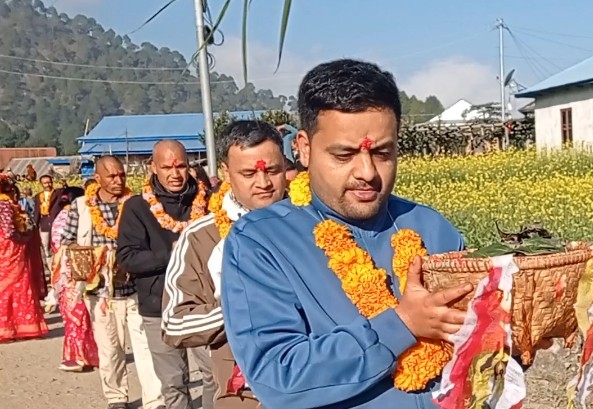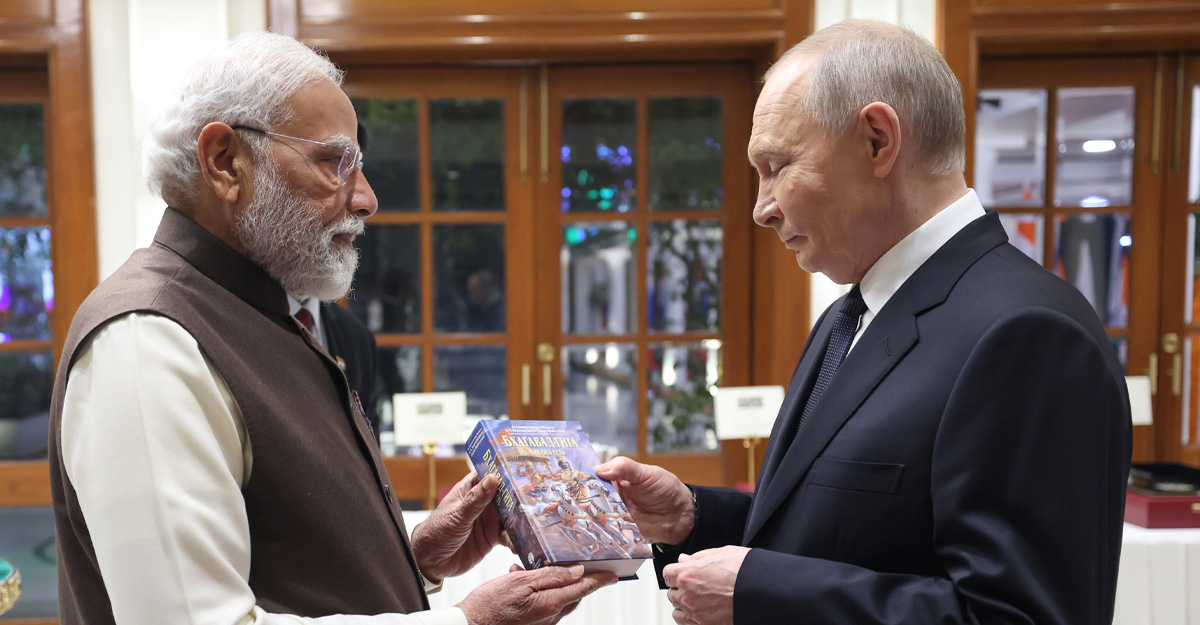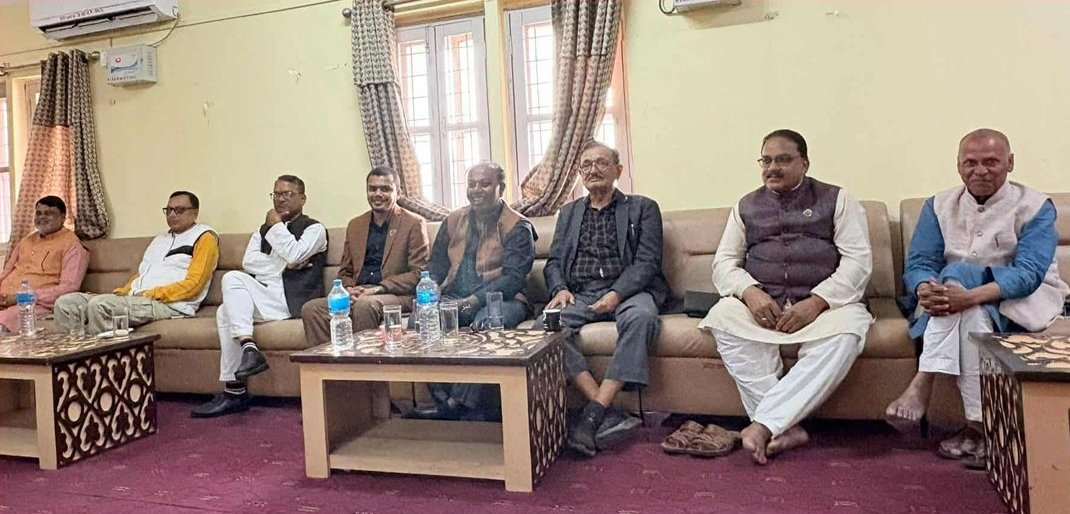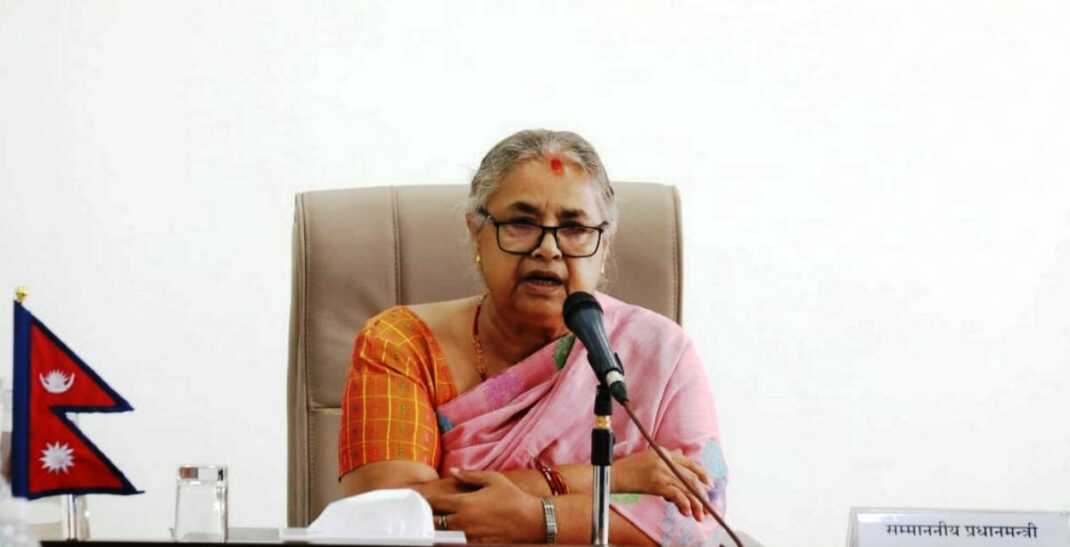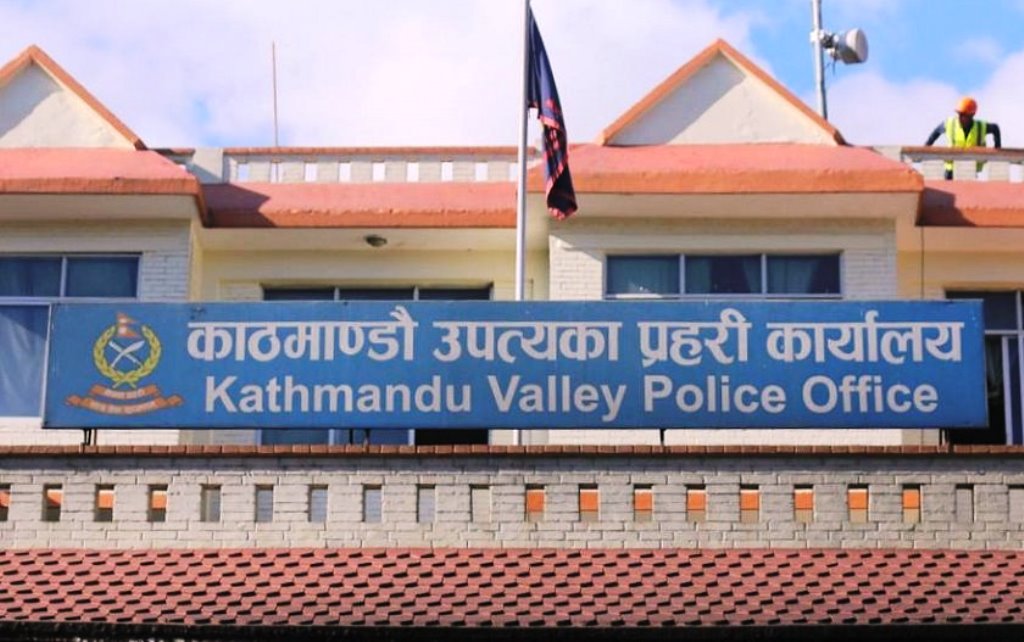Education as a means to realize development and social justice has been acknowledged by various scholars (Walker &Unterhalter, 2007). However, the point is how to tailor an appropriate and contextualized education system to address the social anomalies is the question of the day specifically from a policy perspective. This paper seeks to suggest policy recommendations, particularly in the education system in Nepal to mitigate the conflict and promote social justice and peace.
Having a holistic aim is incomplete without its sufficient rationale to legitimize at the public discourse. The need of an alternative education system must be sufficiently articulated so that the stakeholders might be able to feel the ownership, and engage collaboratively to yield synergy. Why do we need what we think we need is another dimension that helps craft an effective policy.
Once the issue about “what” and “why” are resolved, “how” becomes dominant in policy-making. How to intervene into the existing situation and make impact that facilitates a new direction to change in the system is important. In the Nepalese context, it often depends upon the contingency theory, for most of the variables are not well defined and many of the parameters are subjective in nature. However, the following paragraphs suggest policy recommendations to address the causes of the conflict and social division in Nepal from an educational perspective. The recommendations are based on the analysis of the issue and pragmatism.
Policy Recommendations
How to achieve a sustainable peace and development in Nepal through an intervention in the education sector can be briefed in many ways. However, this papers suggests the following views:
1. Restructure the education system and offer incentives to education
Currently, Nepal has 5-2-3-2 (primary–lower secondary—secondary–higher secondary) formal education structure. This structure is also constrained by the biological age of the student in question. For example, there is an age limit to enter into the primary education system (6 years for the primary). It is the discouraging system not only to the children from poor class and marginalized, but also to the genius and talented. The education system must be simplified to attract more students.
2. Education in the mother-tongue
Despite the ethnic and linguistic diversities, Nepal has a policy to educate in the national language, Nepali. On the one hand,the marginalized are often put to the test by someone they do not know, and in a different language. On the other hand, geniuses are trivialized systematically. Thus, education in Nepal has been a tool to legitimize status quo or suppression rather than a force to freedom. It helps reproduce social relationship based on discrimination. It needs change for social justice and peace.
Nepal claims that basic education is free, but not compulsory. Poverty, inequality and other socio-economic components restrict the access to school for many children. To address this issue, education must be embedded with health and nutrition of the students. Children must be provided with incentives so that they could continue school. School feeding will encourage the marginalized and subsidized education materials inspires many others to go to school.
3. Curriculum reform
The contemporary education in Nepal is responsible, to a great extent, to reproduce social division by its curriculum. The teaching of the conflict-related ideologies and stereotyping of identities and groups offers ground to conflict (Barakat, 2008). Curriculum without a scope in the job market produces “educated unemployed” which could be a source to conflict. To mitigate this issue, a more inclusive and peace-oriented curriculum helps. In the same way, the development of a curriculum to meet the needs of the community not only integrates education with society but also offers a sense of ownership to the stakeholders concerned.
The lack of a curriculum to inspire critical thinking is another important aspect in the Nepalese education system. An effective curriculum can impact peacebuilding sustainably (Wedge, 2008). In the same way, it helps heal cracks (Schultz, McSurley&Salguero, 2013) in post-conflict situations like in Nepal. Moreover, the curriculum can be an instrument to shift behavior and attitudes considered to be the causal factor of conflict. It is also used to bridge the gap between the public and private education systems. Efforts must be given to design an effective curriculum that could address post-conflict realities in Nepal.
4. Community engagement
Community engagement is essential to make school a safe place. Nepal has adopted this policy too. However, the community schools in Nepal are not inclusive, not elected democratically. Rather, they are owned by the local elites and political actors (The World Bank, n.d.). A mechanism to involve an inclusive and elected community in the education sector should be in place to re-energize education in Nepal. Community engagement, not only in school management but also in other areas like curriculum development, after-school support, and social integration helps build a sustainable education system.
5. Avoid political interference in the school
Political actors have a tendency to occupy schools for various reasons. In Nepal, almost all political parties have their student wings in schools. Though at the beginning these student unions were found to be active in developing political awareness, they gradually lost their spirit (Snellinger, 2013). Specifically, after 1990, education has been politicized in such a way that schools have become the cadres-harvesting ground for the political parties (Dhungana, 2012).
Restricting political interference in the school is an option to address such tendencies. An independent monitoring and evaluation body with the authority to prosecute those found guilty will solve this issue. The prevailing culture of impunity, even in the education sector, must end to have a better education system in Nepal.
In various phases of the education system, political interference in Nepal is unavoidable because of the absence of a strong civil society and judiciary. However, Nepal can be made accountable when it is a signatory to the Indigenous and Tribal Peoples Convention, 1989 No. 169, UN Resolution 1325, among others. An independent third-party monitoring agency in Nepal to see her performances might help.
6. Ensure the availability of education materials in the school
Lack of educational infrastructure is another issue to address. Times and again the students do not get textbooks (The Republica, 2015) timely. Public schools in rural settings do not have the required facilities to operate educational institutions like buildings, libraries, laboratories, classrooms, among others. To address this issue, a book bank or a public library at various locations is useful. Community-operated public libraries empowered by information intelligence may help students to interact in a virtual learning atmosphere. In the same way, a cooperative approach to education and development helps generate funds for programs.
Employing information technology in education is another avenue to intervene. There is a tremendous possibility in Nepal to work in the hydro-electric and solar energy sectors. Environment-friendly hydro projects and solar plants may generate sufficient energy to educational institutions. A virtual interactive classroom may provide a better option in Nepal than a traditional teaching system. It avoids the cost of printing, carrying, and maintaining in a rural setting. Once it is implemented, it may reduce cost, time, and energy as well. For that reason, the use of information technology in the education sector pays.
7. Redefine the higher education system
Why do we need “higher” education in Nepal is a debatable issue? In many cases, Nepal supplies cheap labor to the outside world that hardly needs any education as such. At home, most of the issues are dictated by outsiders. However, Nepal has tried to develop criteria of higher education. It is still in a formative phase. There is confusion about the learning objectives and the utility of the degree obtained after a certain period of time. In many cases, the possibilities of running accredited academic institutions having affiliation with foreign universities are getting relatively more weightage than the traditional institutions. Though Quality Assurance and Accreditation (QAA) program launched by the University Grant Commission (UGC) has tried to monitor activities of the institutions to meet the norms and standards of the program, there is not a hard tangible achievement in the sector of higher education. Therefore, Nepal has to redefine its higher education system.
Conclusion
The situation of the conflict in Nepal is difficult to frame as in the conventional conflict curve. A conflict may have a life-cycle; many conflicts have their own life-cycles. There is not a single conflict in Nepal, but many conflicts with many ups and downs. The conflict based on political ideology has been replaced by ethnicity and others. Therefore, a deterministic approach to conflict analysis is not a practical option.
However, from a pragmatic point of view, the conflict in Nepal is a post-conflict situation with the emergence of other conflicts. It requires preventive diplomacy or crisis diplomacy. Addressing the issue of education too requires the knowledge of conflict initiation, victimhood and post-conflict peace-building. How to know them and how to use that knowledge to foster a peaceful social order is another important issue to discuss. Specifically in the education sector, Nepal first of all needs to generate transparency, inclusivity and above all a political will to impact change positively. Nepal may not move forward as long as she patronizes the wrong-doers by fostering a culture of impunity under various pretexts. Conflict may not resolve even in the education sector if there is not a sense of justice. Therefore, ending the culture of impunity is the point of departure to arrange systems, including education, in Nepal.
References:
Barakat, B. F.(2008). Education and Intra-Alliance Conflict: Contrasting and ComparingPopular Struggles. Apartheid South Africa and Palestine.Research in Comparative and International Education 3 (1): 5–18.
Dhungana, R.K. (2012). Politicization of education: Right or wrong. PABSON Review (7), pp. 72-77.
Schultz, B. D., McSurley, J.&Salguero, M. (2013). Teaching in the cracks: Student engagement through social action curriculum projects. International Journal of Critical Pedagogy, Vol 4, No 2.Pp 53-68.
Snellinger, A.(2013 March 22). Anarchy in the Nepali student unions: Some sociohistorical context. Retrieved from http://www.amandasnellinger.com/anarchy-in-the-nepali-student-unions-some-sociohistorical-context/#comments
The Republica. (2015 June 19). Textbook shortage hits students. Retrieved from http://www.myrepublica.com/society/story/23655/textbook-shortage-hits-students.html
The World Bank, (n.d.). Social audits in Nepal’s community schools: Measuring policy against practice. Retrieved from http://siteresources.worldbank.org/EXTSOCIALDEVELOPMENT/Resources/244362-1193949504055/4348035-1380737852287/BTI_Nepal-SocialAudits.pdf
Walker, M. &Unterhalter, E. (2007).AmartyaSen’s Capability Approach and Social Justice in Education. New York: Palgrave Macmillan.
Wedge, J. (2008).Where peace begins: Education’s role in conflict prevention and peacebuilding. London: Save the Children.



